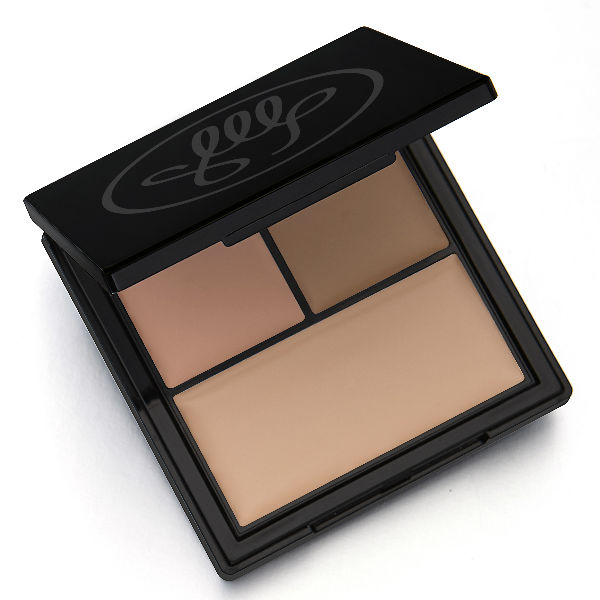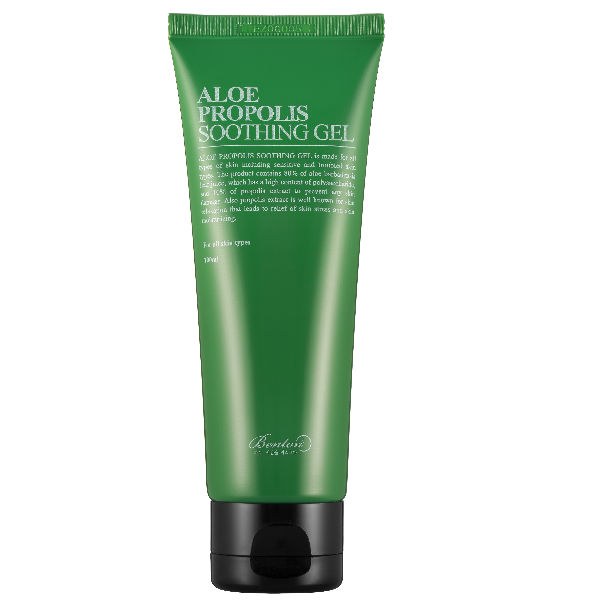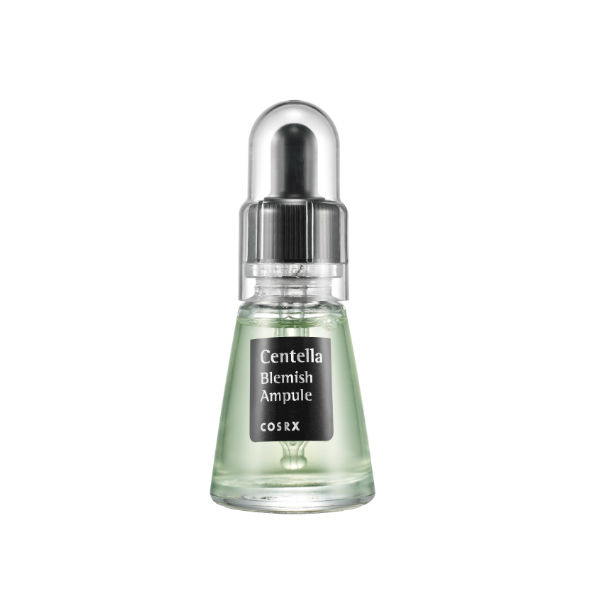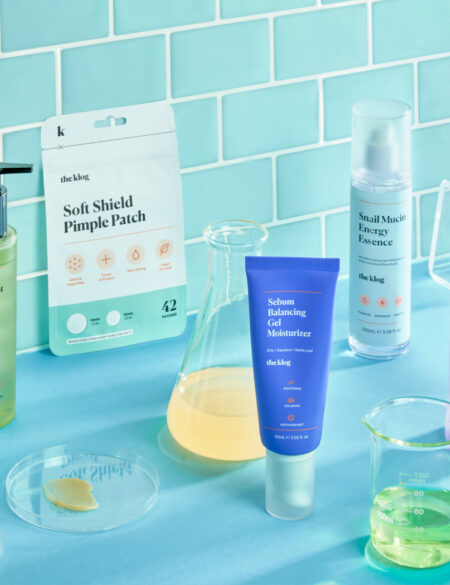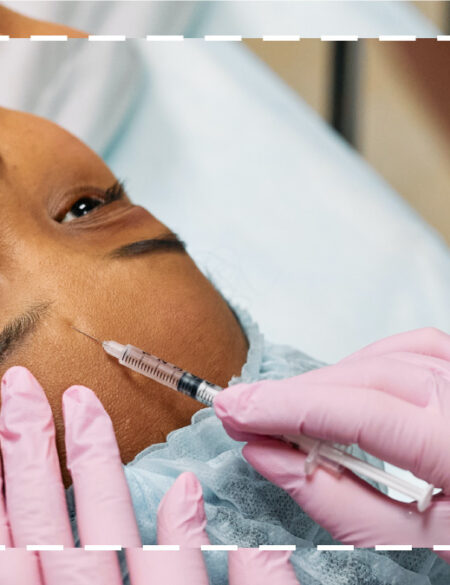Welcome to Do It Better. While we love all things skin care here at The Klog, we also adore makeup. In this weekly series, we’ll break down the most popular makeup techniques, how you can execute them better, as well as the best products for achieving your perfect look. This week, we’re walking you through how to cover up pimples with concealer.
You know that old saying “nothing is certain but death and taxes”? We’d like nominate acne to be added to that list. No matter how much you hoped you’d grow out of it, no matter how honed your skincare regimen (and we know you have that on lock), at some point acne is bound to pop up (probably right before your cousin’s wedding or your high school reunion). Perfect. The good news? Your skin may decide to take the occasional joyride down memory lane to your teen years, but your cover-up job doesn’t have to. You can do it better. Here’s how.
Step 1: Treat pimples without creating flaky skin.
Of course, the first rule on how to cover up pimples with concealer is not to have one at all, so your first step in keeping blemishes in stealth-mode should always be treatment. At the first sign of a spot, start treating it either with an overnight treatment, like the Missha Speedy Solution Anti Trouble Patch or with a light, makeup-friendly zapper, like the Cosrx Centella Blemish Ampoule to send that zit packing ASAP.
But since the dry, flaky skin that comes with sopping up all of that oil (or picking at your acne, but you’d never do that, right?) is also known as “not cute,” it’s important to soften and smooth the surface of your blemish with a hydrating gel (we like the Benton Aloe Propolis Soothing Gel) before you try and apply makeup. For super inflamed pimples, a dose of a redness-reducing eye drops (dab it on with a cotton swab) will temporarily lift that rosy hue by shrinking up the little blood vessels under that patch of skin; long enough to take some photos or get through a brunch, but don’t count on it for a long term solution.
Step 2: Don’t just use concealer to cover pimples.
Concealer gets all the credit for acne coverage, but behind the scenes of every flawless spot-concealing is another unsung hero: base. You see, one of the biggest giveaways to a coverup is that faint halo where even the best matched concealer meets skin. Unlike foundation or BB cream, concealer is designed to give hardcore coverage—not sink into skin—making it harder to blend beautifully opaque when compared to the natural texture of your skin.
By priming the skin with a layer of foundation or a BB cream, like the Banilla Co It Radiant CC Melting Foundation, you create a natural airbrush-style finish, and a blendable texture that will keep your concealer, well, concealed.
Step 3: Apply your concealer in layers.
Getting the subtlest coverup means choosing a concealer that really matches your skin in that moment, which might also mean changing your shade with the seasons, or investing in a palette like the Son & Park Custom Color Concealer Kit. It helps you mix the right shade every time. Just as dry patches and distinct opacity can draw attention to exactly the areas you want to hide, so too can overapplied cakey concealer.
To fight back against the maximizing impulse, use a small sponge or brush (they’ll help get concealer into every nook and cranny) and add your concealer in thin layers, pausing between each one to give the pigments a chance to set. Once you’ve achieved full coverage, blend out the edges, and then blend some more, until there’s no trace to be found of where your concealer ends and your foundation begins. Finally, using a small fluffy brush, give the top of your concealer a very light dusting of translucent powder to keep everything in place all day.



